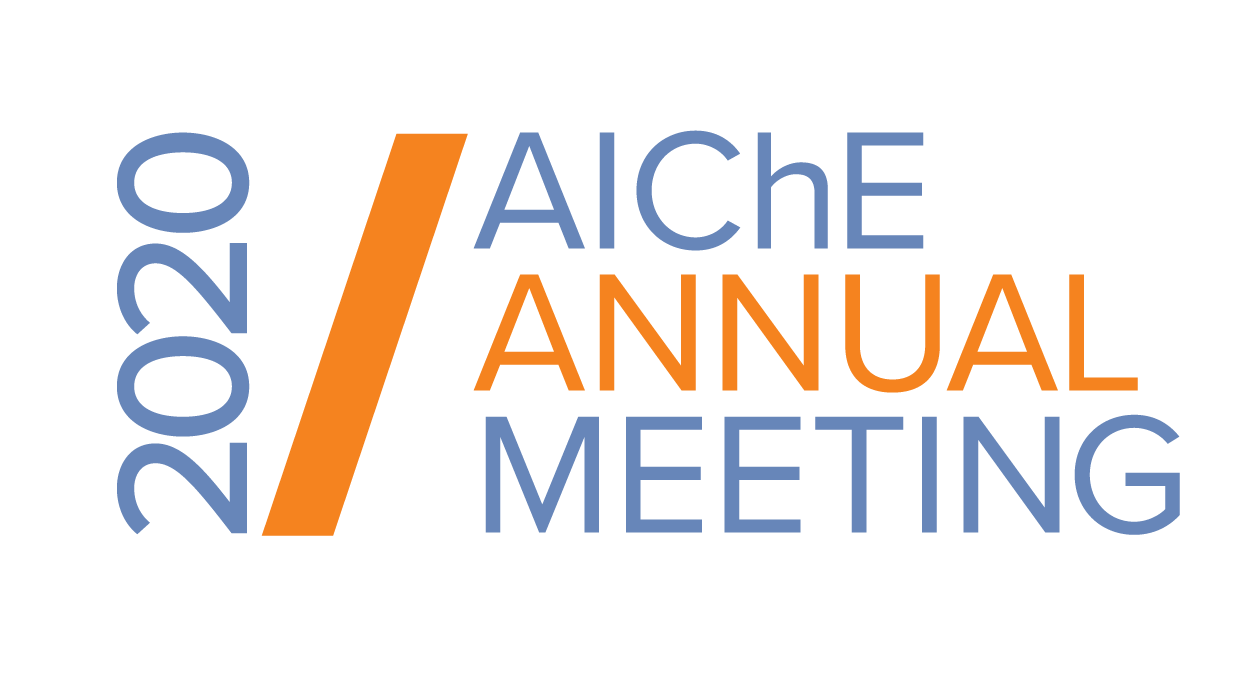

Recent investigations into protein-ligand and protein-surface interactions carried out in our lab have helped us to develop a deeper molecular level understanding of the binding of biological products to Multimodal (MM) chromatographic systems using Nuclear Magnetic Resonance (NMR) spectroscopy and molecular simulations. In the current work, we extend this combined biophysical and simulations approach to a broader range of proteins and surfaces. A combination of covalent labeling and LC/MS analysis is developed to identify preferred regions on proteins that are involved in binding to chromatographic surfaces. Diethyl pyrocarbonate (DEPC) is employed as a versatile covalent label that can readily react with several nucleophilic amino acid residues on the protein surfaces. A comparison of the protein labeled in solution and bound to the resin is then used to identify preferred binding regions. This approach, which requires small amounts of sample and does not require NMR assignments, has the potential for dramatically increasing the sets of proteins that can be evaluated for preferred binding regions to chromatographic surfaces. Recent advances in our understanding of ligand clustering on these multimodal surfaces using molecular simulations are also presented, as well as the implications of these patch distributions for determining free energies of interactions and for impacting selectivity in these multimodal systems.
Presenter(s)
Once the content has been viewed and you have attested to it, you will be able to download and print a certificate for PDH credits.
If you have already viewed this content,
please click here
to login.
